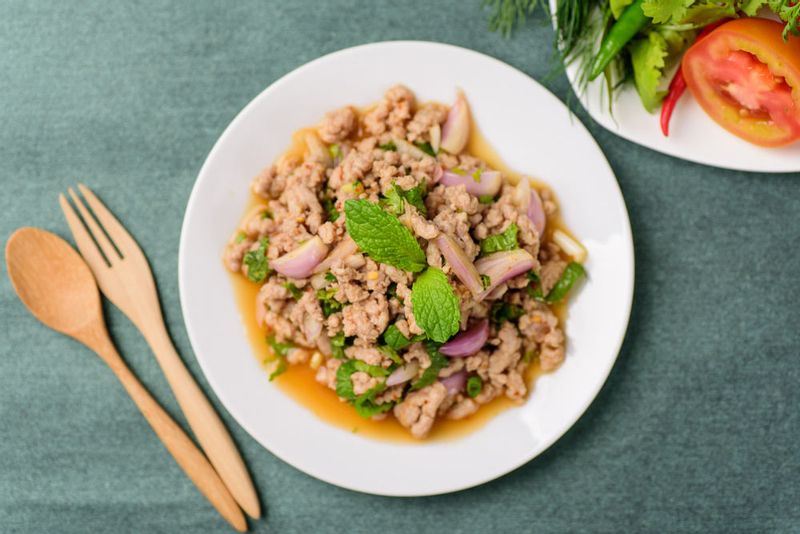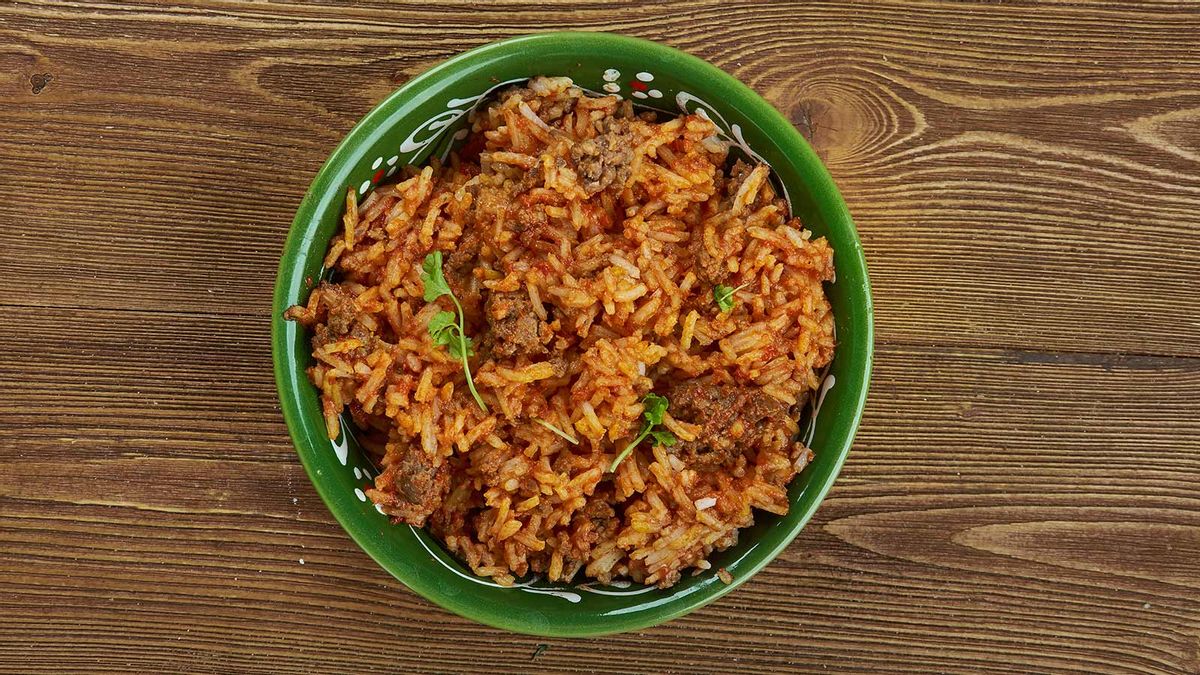We are on the outskirts of Shillong, the capital of the north-eastern state of Meghalaya. It is past lunchtime, but the kong shop is abuzz with locals. It is not unusual to find women running the show at such places. Kong means sister in the Khasi language, and that’s how they get their name. Standing behind the counter, they take orders, serve the food and handle the billing as well as go back to the kitchen to refill the cooking pots.
There is no menu here. You can choose from a display of food arranged on glass shelves. Local freshwater fish, chicken and mutton, smoked pork with bamboo shoot and egg curry very much take the space. Once you’ve made your selection, food arrives on the table along with an assortment of salad, daal, mashed potatoes, chutney and a mound of rice. There is no fancy cutlery or ambience too. Clean plates, hot food and the promise of a second helping are just enough to enjoy the meal.
If you are in and around Shillong, you are most likely to walk into a kong shop to eat. Although there are fine dining restaurants in Shillong, it is in the Kong shops that you experience the real flavours of the state.
Here are some of the most popular dishes you must try:
1. Doh Khlieh

Khasis have a minimalistic approach to cooking. Doh Khlieh or the delicious boiled pork salad is one fine example. You may not find this dish displayed at an eatery, and most often, have to ask for it.
Traditionally doh khlieh makes use of the meat in and around the pig’s head (brain, neck), which is first boiled and then mixed with finely chopped raw onions and ginger, chillies and seasoned with salt. That said, the dish may not be for the faint-hearted.
2. Jadoh
Jadoh is the most popular dish among the Khasi community of Meghalaya. Traditionally, jadoh is prepared by soaking rice in pork blood and cooked with the meat.
What makes it unique is the bright colour of the final dish. However, the original recipe has changed over time and what you will find today is rice cooked with pork fat and meat, sometimes even chicken. Jadoh is best enjoyed with tungtap.
3. Tungtap

The Khasis mostly consume freshwater fish and very often prepare a fiery chutney using dried fish called tungtap. The process of drying followed by fermenting the fish is quite distinct and laborious.
A local variety of small fish is first sun-dried using salt for a few days and then packed in earthen pots to ferment on its own. Tungtap almost appears like a paste and is made by charring the dried fish and then cooking it with onions and a generous amount of chillies.
4. Tungrymbai
Another popular and much-loved delicacy of the Khasi community is a fermented soybean paste called tungrymbai.
Boiled soybeans are first fermented in a bamboo basket packed inside a jute bag for a few days and then made into a paste. This is followed by cooking the soybeans with onions, ginger and black sesame seed paste.
Tungrymbai is typically served as an accompaniment and is an acquired taste due to its strong aroma.
5. Smoked pork
Smoked meats are a common delicacy all over the northeast of India. The Khasis follow a unique process of smoking pork over a traditional wood fire, which renders a delicious flavour to the meat.
Smoked pork is a popular item at kong shops, and is sometimes cooked with bamboo shoot in a curry. If you love meat and are open to trying new cuisines, you can get addicted to it.
6. Kyat
A local brew prepared with rice, kyat is a very popular drink among the tourists who come to this part of the country. Kyat is commonly available across Shillong and is typically made with fermented rice and has a unique flavour. They say no celebration is complete without kyat in Meghalaya.
Insider tips
- The Khasis are predominantly a rice-eating community. Most eateries serve mainly rice. Rotis are a rarity.
- There is no dessert or sweet at the end of the meal. Khasis make traditional sweetmeats on special occasions at home, these are rarely sold outside.
- Food is modestly priced at kong shops in Shillong. A full meal (including a choice of meat) costs anything between Rs 80 and Rs 150.
- Most eateries are modest in look and ambience. They are typically cramped with long benches and people sit on stools. Expect a wait time during peak lunch hours.
- Although meats, especially pork forms the basis of Khasi cooking, you can survive on local vegetables and daal.
- The Khasis can speak English and Hindi.


